I have a beautiful dream follow up
In May of 2018 I wrote an article for Ordinary Times, I Have a Beautiful Dream. I speculated about the redevelopment of an unused city block with a kind of gentle density. I wrote a short sequel on my own blog, I have a beautiful dream, but what really happens? looking at the redevelopment that actually happens. I wrote that post in August of 2018, and at that time, construction costs in my town were $120 per square foot or so.
Now, talking with local builders I know, it can be two or three times that due to supply chain disruptions, labor shortages, and inflation. The housing market is really different now, but I think that something like this could still be possible.
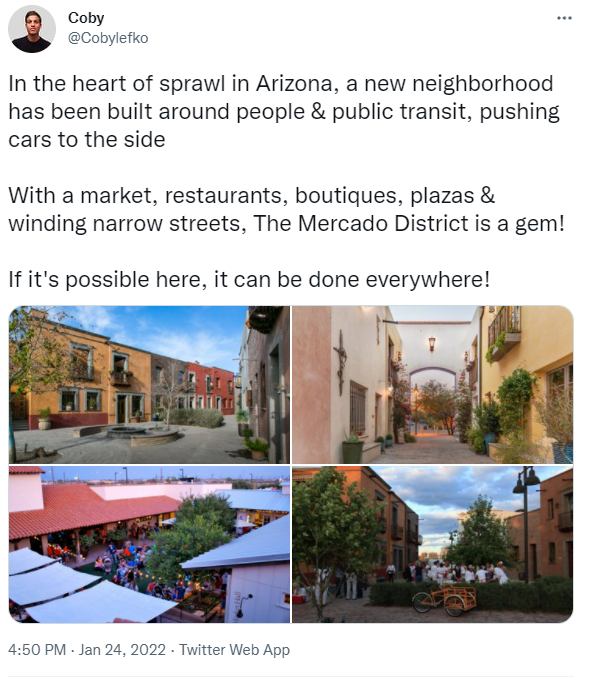
However, I recently came across this tweet, about the Mercado District in Tucson, which struck me as pretty similar to what I had proposed for Flagstaff. There is a reply on how they got it done:
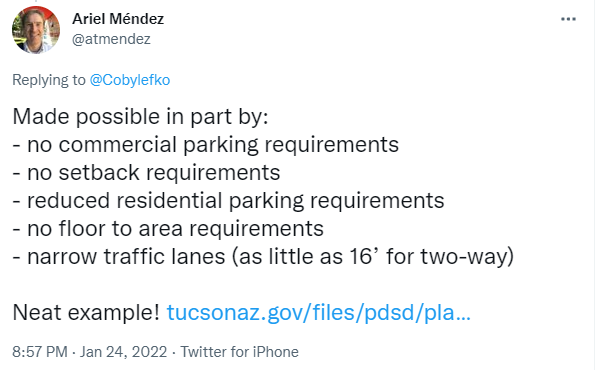
One of the most fascinating things I’ve found when talking about this subject is that a lot of people told me that “the market” shows that people want single family detached homes. I own one of those myself, so I know why people say that, but the market for housing in any part of the United States is as heavily regulated as medical devices or drugs are, when you look at the complexity and interlocking zoning requirements. The market doesn’t define what housing gets built, public policy does! The market just prices what you are allowed to make.
There are lots of options the market doesn’t provide, because there isn’t any valid design space within current zoning. In order to offer those options, you need to blow up the zoning code. Which is what Tucson did.
Here is the link from that tweet to the Mercado District Planned Area Development. The plan was written in 2004, so you can see it took a bunch of political capital and almost two decades to make something like this happen. Here is a screenshot of one of the critical bits:
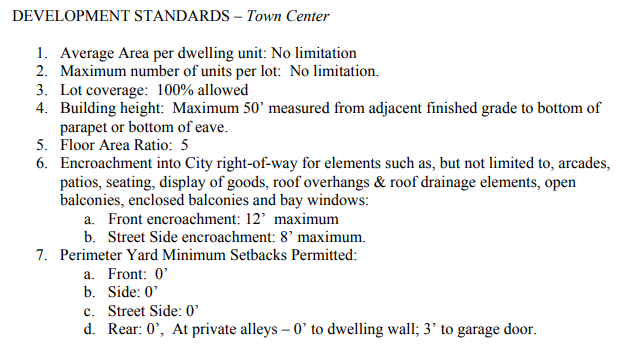
All those “no limitations” 100% coverage, 0 foot minimums are what you need to build something like what I proposed, and what almost no zoning anywhere allows. Here is a recent screenshot from Google Maps to get an idea of what this looks like from above:
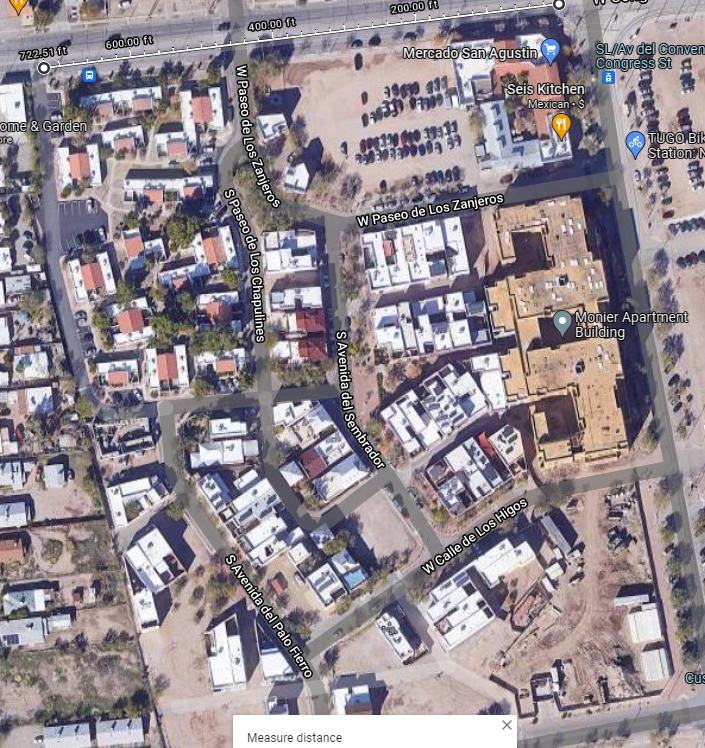
I don’t know exactly when the aerial photo was taken, but you can see there is resemblance to the plan. The photo at least shows the site not quite done, but I haven’t been on site so I don’t know current status.
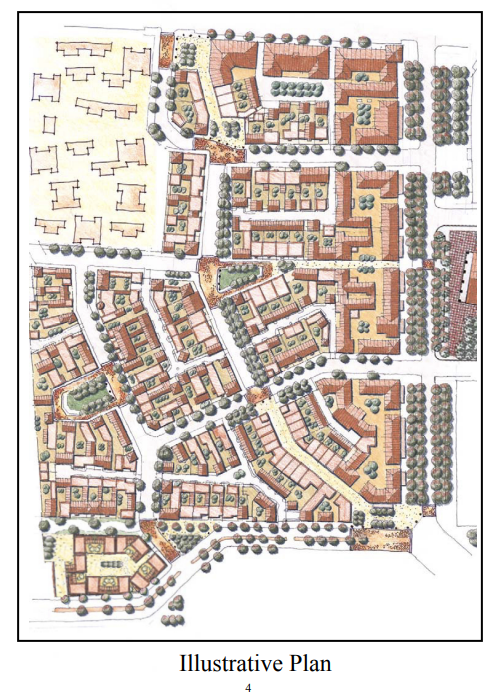
The end result looks to be a bit more spread out than what I had proposed, which was intentionally a bit extreme, whereas the Mercado district actually got built. But you can clearly see that it is more compact than the surrounding single family homes on Google Maps.
If a large fraction of Tucson had been built out this way, it would be significantly more compact. It would take a lot to redevelop a whole city, so this kind of thing really needs to look to the long game to make a major difference.

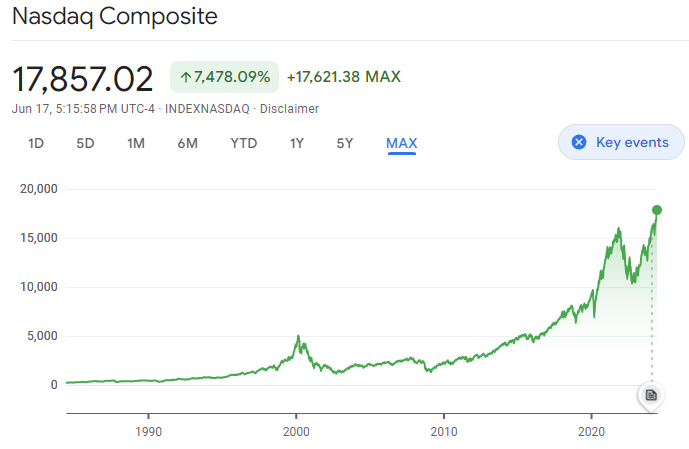
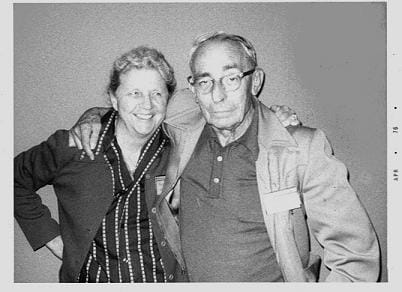
Comments ()